
Fight the Pandemic, Save the Economy
Lessons from the 1918 Flu
Read or listen offline
Amazon KindleRecommendation
Many business leaders and politicians worry about the financial pain the COVID-19 crisis is inflicting on the US economy. But do public health policies like social distancing and quarantines worsen a downturn? In this brief research note, economists Sergio Correia, Stephan Luck and Emil Verner examine what happened during and after the 1918 flu pandemic for clues about COVID-19’s eventual economic impacts. They conclude that healthy people and a healthy economy are both possible.
Summary
About the Authors
Sergio Correia is an economist at the Board of Governors of the Federal Reserve System. Stephan Luck is an economist at the Federal Reserve Bank of New York. Emil Verner is an assistant professor of finance at the MIT Sloan School of Management.








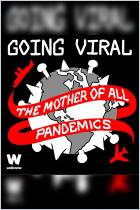
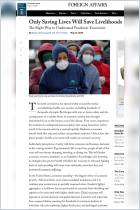
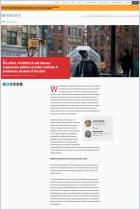
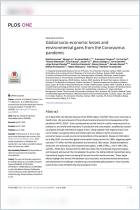
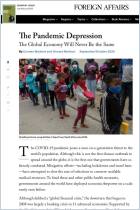






Comment on this summary